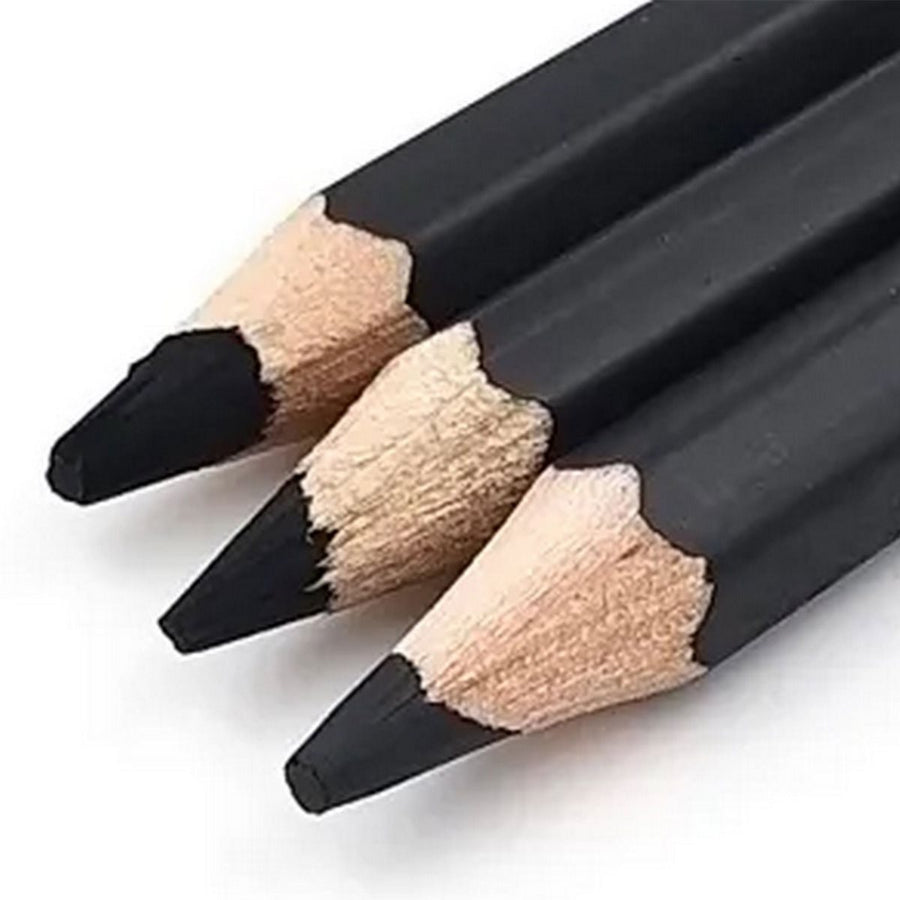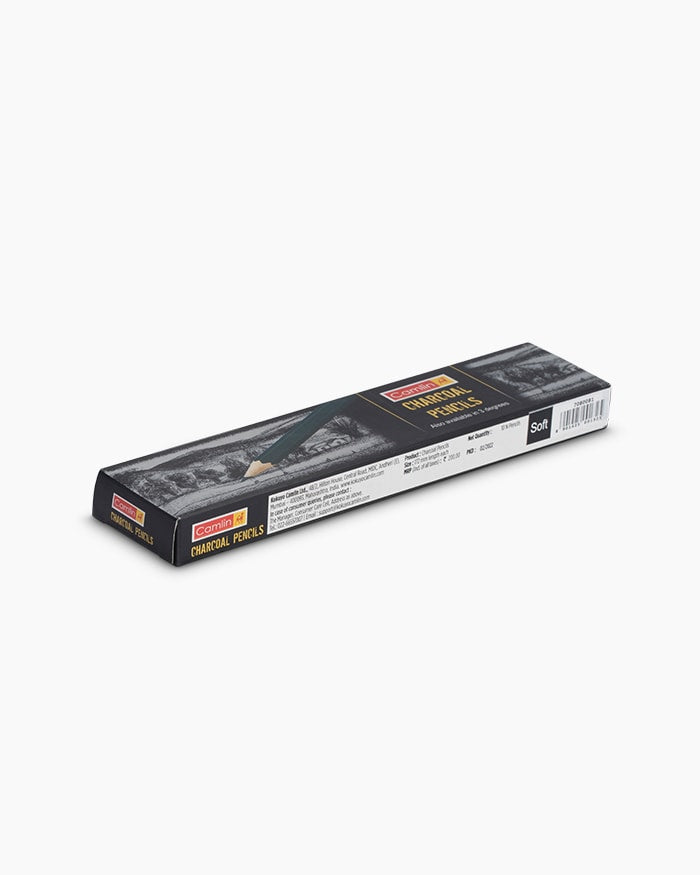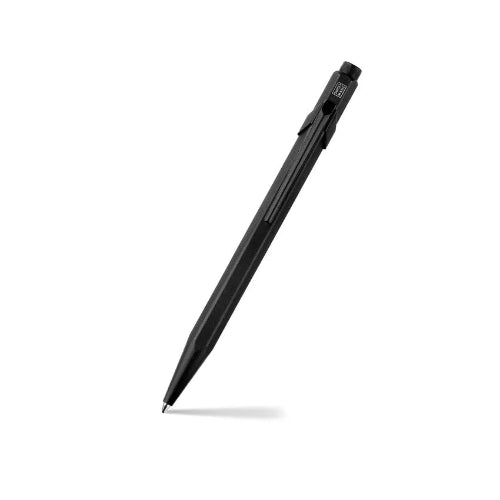Who Invented the Ballpoint Pen? A Journey Through History
The ballpoint pen is an indispensable part of our daily lives, found in homes, offices, and schools worldwide. Who invented the ballpoint pen? This simple yet revolutionary tool was the brainchild of Hungarian journalist László Bíró, whose innovative design transformed the way we write. Understanding the history of the ballpoint pen sheds light on its significance and the ingenuity behind its creation. Let's delve into the fascinating journey of this everyday essential, from its early beginnings to its modern-day evolution.
The Origin of the Ballpoint Pen
The Early Beginnings
The story of the ballpoint pen begins with the attempts to create a writing instrument that could write on rough surfaces without smudging. The first known patent for a ballpoint pen was filed by John J. Loud in 1888. Loud, a leather tanner invented a pen that could mark leather but struggled with writing on paper. Despite this, Loud's design laid the groundwork for future inventors to refine and perfect the ballpoint pen.
The Inventor of the Modern Ballpoint Pen
Who Invented the Ballpoint Pen?
The modern ballpoint pen, as we know it today, was invented by László Bíró in 1938. Frustrated with the inefficiencies of fountain pens, Bíró sought to develop a more reliable writing instrument. Collaborating with his brother György, a chemist, they experimented with various inks and materials to create a pen that used a ball-and-socket mechanism to dispense quick-drying ink evenly.
The Development Process
László and György Bíró's relentless experimentation led to the creation of the first functional ballpoint pen. They discovered that using a viscous, oil-based ink prevented smudging and allowed for smooth writing. This breakthrough innovation was patented and became the precursor to the ballpoint pens we use today.
Evolution and Advancements
History of the Ballpoint Pen
The invention of the ballpoint pen marked the beginning of a new era in writing technology. In 1940, the American company Eberhard Faber acquired the patent, leading to mass production and global distribution. The pen's popularity soared, and it quickly became a staple in both personal and professional settings.
Innovations and Improvements
Over the years, the ballpoint pen has seen numerous advancements. Companies like BIC, founded by Marcel Bich, introduced affordable and disposable ballpoint pens, making them accessible to everyone. Innovations such as retractable mechanisms, various ink types, and ergonomic designs have further enhanced the ballpoint pen's functionality and appeal.
Impact on Society
The Ballpoint Pen in Everyday Life
The ballpoint pen revolutionized the way people write, offering a convenient and reliable alternative to fountain pens and quills. Its affordability and ease of use contributed to higher literacy rates and more widespread writing practices. Today, ballpoint pens are used globally for a myriad of purposes, from simple note-taking to intricate artwork.
Legacy of the Ballpoint Pen Inventors
László Bíró and other pioneers in the development of the ballpoint pen have left an indelible mark on history. Their contributions have paved the way for modern writing instruments, and their legacy continues to inspire innovation in the industry. The ballpoint pen remains a testament to human ingenuity and the pursuit of practical solutions to everyday challenges.
Fun Facts About the Ballpoint Pen
The ballpoint pen has an intriguing history, but it also boasts some fascinating trivia. Here are some fun facts about this everyday item:
- World's Smallest Pen: The smallest pen in the world is called the 'Nanofountain Probe,' which scientists use for nanoscale on-chip patterning. The lines it produces are only 40 nanometers wide.
- World's Largest Pen: Acharya Makunuri Srinivasa designed the world's largest pen in 2011. Weighing 37 kilograms and standing 5.5 meters tall, this fully functional ballpoint pen holds the Guinness World Record.
- Writing Capacity: An average ballpoint pen can write approximately 45,000 words before running out of ink.
- Most Common Types of Pens: Besides the ballpoint pen, other common types include gel pens, brush pens, fountain pens, and marker pens.
- BIC Cristal in the MoMA: The BIC Cristal ballpoint pen was featured in the Museum of Modern Art (MoMA) installation called "Humble Masterpieces," highlighting its design significance.
- Environmental Impact: With over 100 billion BIC Cristal pens sold since its introduction, the ballpoint pen has had a significant impact on the environment. Many companies are now focusing on producing eco-friendly and refillable pens.
- The Astronaut Pen: The Fisher Space Pen, which uses a pressurized ink cartridge, was developed to work in zero gravity, underwater, and in extreme temperatures. This pen was famously used by astronauts during space missions.
- Global Popularity: The ballpoint pen is the most commonly used writing instrument worldwide, preferred for its reliability and versatility.
The Impact of the Ballpoint Pen on Education
The invention of the ballpoint pen significantly impacted education systems around the world. Here’s how:
- Increased Accessibility: The affordability and mass production of ballpoint pens made writing tools accessible to a broader population, aiding in the spread of literacy.
- Durability and Reliability: Unlike fountain pens that require frequent maintenance, ballpoint pens are durable and reliable, making them ideal for everyday use by students and teachers.
- Enhanced Learning: The ease of use and convenience of ballpoint pens allowed students to focus more on learning and less on the mechanics of writing, facilitating better educational outcomes.
- Diverse Applications: Ballpoint pens are used in various educational activities, from note-taking and examinations to creative writing and drawing, proving their versatility in the classroom.
Technological Advances in Ballpoint Pens
The ballpoint pen has evolved significantly since its invention, incorporating various technological advancements:
- Ergonomic Designs: Modern ballpoint pens are designed with ergonomics in mind, featuring comfortable grips and balanced weights to reduce hand fatigue during extended writing sessions.
- Advanced Inks: Today’s ballpoint pens use advanced inks that offer smooth writing, quick drying times, and resistance to smudging and water damage.
- Eco-Friendly Materials: With increasing environmental awareness, many manufacturers are producing ballpoint pens from recycled materials and developing refillable models to reduce waste.
- Smart Pens: The latest innovation in ballpoint pens includes smart pens that can digitize handwritten notes, sync with devices via Bluetooth, and offer additional functionalities such as voice recording and digital storage.
Famous Moments Involving Ballpoint Pens
The ballpoint pen has played a role in several notable historical events:
- World War II: During World War II, the British Royal Air Force ordered thousands of ballpoint pens from Biro Pens of Argentina because they could write at high altitudes without leaking.
- The Bic Cristal Launch: The introduction of the Bic Cristal in 1950 revolutionized the pen market with its affordability, durability, and reliability, quickly becoming the world’s most popular pen.
- Space Exploration: The Fisher Space Pen, capable of writing in zero gravity, was used by NASA astronauts during the Apollo missions, highlighting the pen’s versatility and reliability in extreme conditions.
- Presidential Signings: Ballpoint pens have been used by numerous world leaders to sign significant treaties, laws, and agreements, symbolizing their role in documenting history.
Conclusion
The journey of the ballpoint pen from its early prototypes to the ubiquitous tool we use today is a story of innovation, perseverance, and transformation. The invention of the ballpoint pen by László Bíró revolutionized writing and continues to be an essential part of our lives. As we appreciate the convenience of this simple tool, it's worth remembering the history and the inventors behind its creation.
Call to Action
What are your thoughts on the history of the ballpoint pen? Do you have any interesting facts or stories to share about this everyday item? Leave a comment below and explore our collection of personalized ballpoint pens to find the perfect gift for any occasion.
Frequently Asked Questions
Q1. Who invented the ballpoint pen?
Ans: The modern ballpoint pen was invented by Hungarian journalist László Bíró in 1938.
Q2. What motivated László Bíró to invent the ballpoint pen?
Ans: Bíró was frustrated with the inefficiencies of fountain pens, which often smudged and dried out quickly.
Q3. How did John J. Loud contribute to the invention of the ballpoint pen?
Ans: John J. Loud obtained the first patent for a ballpoint pen in 1888, which laid the groundwork for future developments.
Q4. What were the main challenges in developing the ballpoint pen?
Ans: Early challenges included finding an ink that didn't smudge and creating a mechanism that allowed smooth ink flow.
Q5. How did the ballpoint pen evolve over time?
Ans: The ballpoint pen evolved through improvements in ink formulation, pen design, and mass production, making it more accessible and reliable.
Q6. What impact did the ballpoint pen have on society?
Ans: The ballpoint pen made writing more convenient and affordable, contributing to higher literacy rates and widespread use.
Q7. Who was Marcel Bich and what was his contribution?
Ans: Marcel Bich founded the BIC company and introduced affordable, disposable ballpoint pens, revolutionizing the market.
Q8. Why is the ballpoint pen still relevant today?
Ans: Despite advances in digital technology, the ballpoint pen remains a versatile and essential tool for writing and drawing in various environments.








